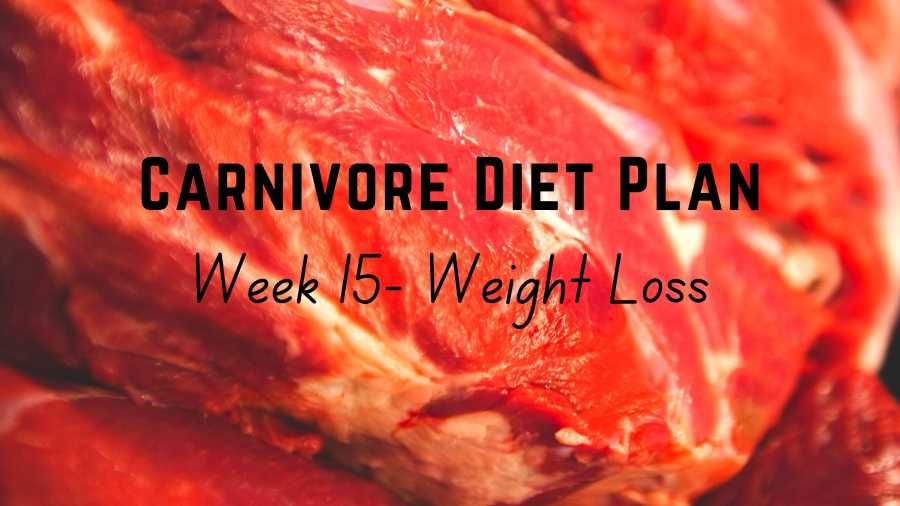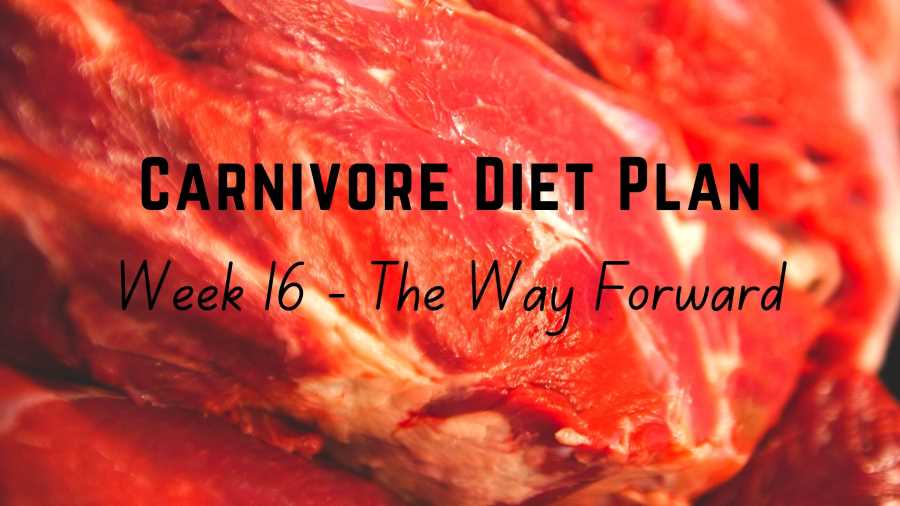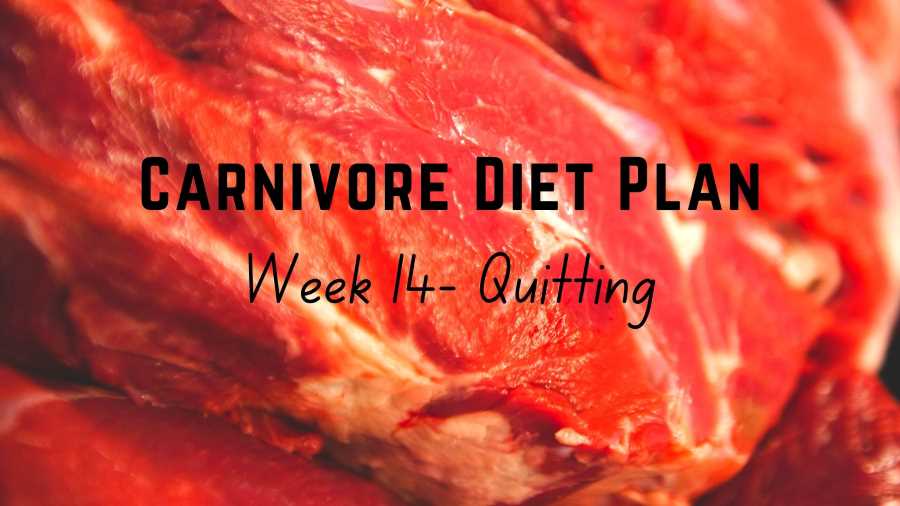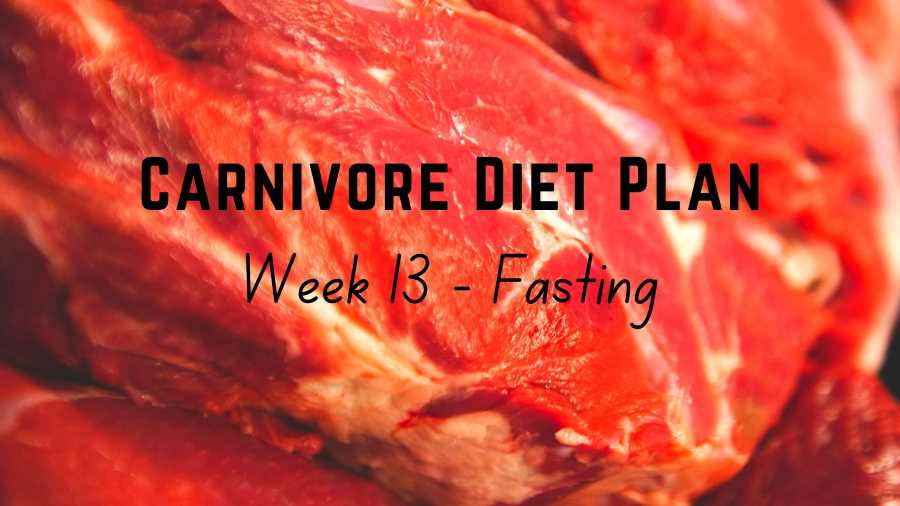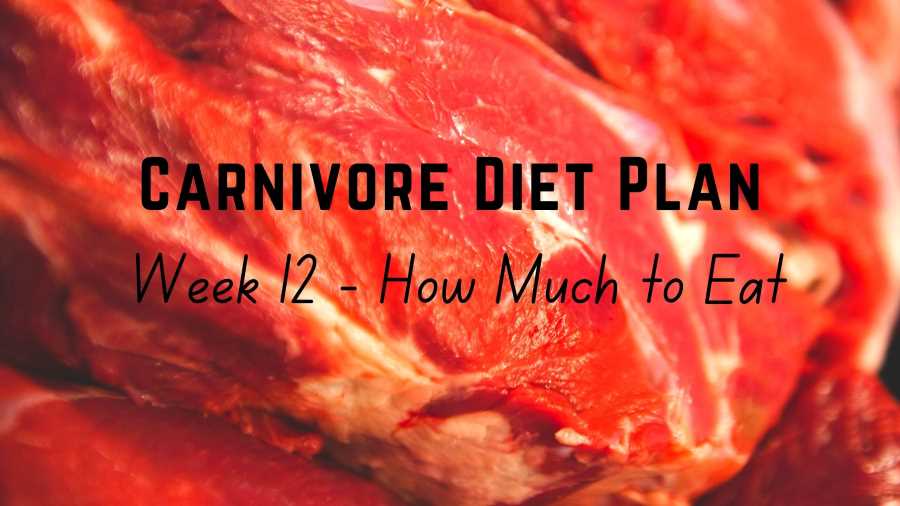This week’s focus is on helping you achieve your ideal weight and body composition goals.
If you follow this plan closely, you would have been on the carnivore diet for about 100 days or more.
I hope by now you have already adapted or at least gotten used to this way of eating somewhat and are experiencing many benefits such as weight loss, improvements in health conditions, and better mental status.
In a survey on the carnivore diet experience of 2,029 people, 93% of the participants who have been on the carnivore diet for at least six months reported that they either improved or resolved overweight/obesity.[1]
Their median BMI decreased from 27.2 (overweight category) to 24.3 (healthy weight range).
Their median time on the carnivore diet was 14 months.
For many people, losing weight is not easy and that is why around 2 billion adults worldwide are either overweight or obese and weight loss has become a billion-dollar industry.
If you think you still have a lot of body fat to shed, hopefully, a systematic approach to weight loss outlined below can help you achieve your goal.
However, as mentioned in the overview of the series, your health should be your number one priority. Please don’t try to tweak your diet too early to accelerate weight loss if you haven’t resolved your health problems or are not fully adapted to this diet yet.
Do you really need to lose weight?
The table below shows the healthy weight ranges corresponding to different heights.
However, please note that this is based on healthy BMIs and for general reference purposes only because it does not take into account the difference in body composition.
You may have an extremely low level of body fat and a high level of lean muscles (which are much heavier than body fat for the same volume) and are wrongly classified as having an unhealthy weight.
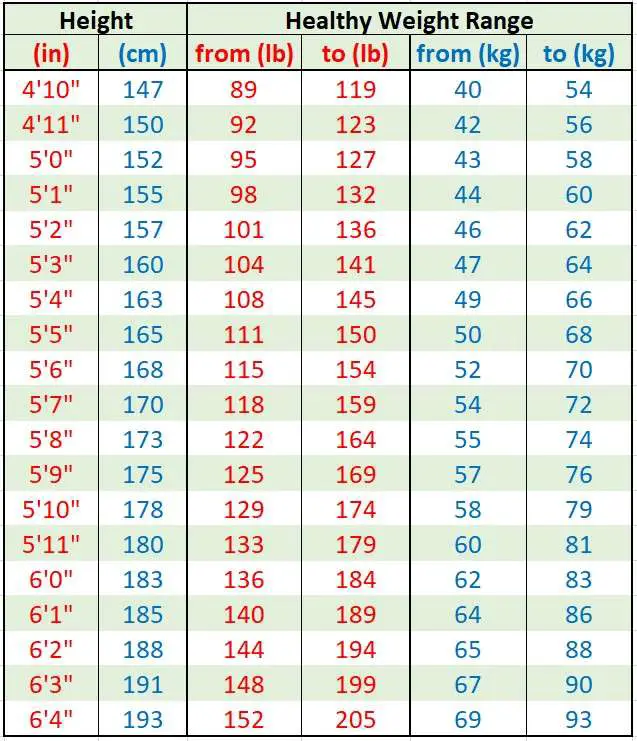
An alternative way is to measure your waistline.
If your waist circumference is more than 31.5 inches (80 cm) for a non-pregnant woman or more than 37 inches (94 cm) for a man, you are at a higher risk of chronic health conditions.[2]
If your waist circumference is more than 35 inches (89 cm) for a non-pregnant woman or 40 inches (102 cm) for a man, you will face higher obesity-related risks.[3]
In summary, if your weight is higher than the upper bound shown in the above table, or your waist circumference is more than 31.5 inches (for women) or more than 37 inches (for men), it’s a sign that losing some weight can be beneficial.
Foundations of healthy weight loss
In my view, the three pillars of health are a healthy diet, a physically active lifestyle, and a positive mindset that is free from chronic stress.
I believe these are also the foundations of any successful weight loss plan.
Of all three factors, I think diet is the most important one and, fortunately, if you are here, you’d have gotten that part right and probably just need a few adjustments.
A physically active lifestyle can help you lose weight and maintain a healthy weight as well as improve your physical and mental health.
A positive mindset that is free from chronic stress can help you lose weight as well as improve the general quality of life.
I have previously written a four-part series on a healthy diet, smart exercises and having a positive mindset to support weight loss. Please check them out if you haven’t already.
Measure your lifestyle metrics and develop a tailored weight loss plan
As everybody is different, to lose weight successfully, you will need an action plan that tailors to your individual circumstances. And nobody is in a better position to do that than you.
However, before you can develop an action plan that fits your personal condition, you need to know where you are i.e. you need to establish your baseline regarding your diet, your level of physical activity, and your stress level.
I have created a food diary and a physical activity that you can use for this task. There are free online tools and a popular “Perceived Stress Scale” tool (paper form) that you can use to assess your current stress level. These are further discussed below.
Food diary
Please fill in this food diary for at least one week.
This will give you valuable information as to:
- What kinds of food you’ve been eating, whether you’ve include food that are high in calories with low satiety levels like dairy, honey, or too much fat
- What drinks you’ve been having and whether they are non-caloric or caloric drinks
- How much you eat. If you eat more than your body’s need, even healthy and nutrient-dense foods, the excess calories will be stored as fat
- How often you eat, whether you’ve been eating three meals a day plus occasional snacks in between or one to two main meals a day
- Your meal timing, i.e. you consume your food from what time to what time of the day, whether it’s mostly in the morning or toward the evening
- Your feeding window, for example if your meals are spread out over 12 hours or mostly restricted to only a few hours a day.
After you’ve gathered the daily data and filled in the 7-day summary table, you will have a very good idea about what your current eating habits are like. Based on this, you can develop a tailored action plan accordingly.
For example:
- If you’ve been eating food or drinking beverages that are high in carbohydrates like milk, fruits and honey, consider cutting them out temporarily. Carbohydrate-rich food has a low satiety level and, if you consume more than 50 grams of carbs a day, you will be out of ketosis and make it difficult for your body to burn fat
- If you have been eating food that are high in calories with a low satiety level (e.g. cheese), consider cutting them out temporarily or limit consumption
- If you’ve been drinking empty calories like soft drinks and beers, consider eliminating them completely
- If your fat to protein ratio is above 80%, see if you can eat leaner cuts of meat for one of your meals. Fat is needed for energy on the carnivore diet, but it is very high in calorie, if you eat more than your need, it will be stored as fat
- If you’ve been eating 3 main meals a day plus snacks, see if you can avoid snacking and reduce to 1-2 meals a day
- If you’ve been consuming most of your calories toward the evening, see if you can switch to earlier in the day. Ceteris paribus, your body burns substantially more calories when meal is taken in the morning than in the evening.
I believe the key to success is to make small incremental progress consistently.
Please don’t make too many dietary changes all at once which can be overwhelming and are difficult to achieve.
Instead, set a small goal that you think you can comfortably achieve, for example, the first goal could be cutting out fruit, honey and dairy if you’ve been consuming those.
After you’ve nailed this goal, add another goal, for example, cutting out snacks between your main meals.
And so on.
Physical activity diary
Please fill in this physical activity diary for at least one week.
This will allow you to identify time periods in your day where you can increase your physical activity levels or intensity levels.
For example, if you’ve been sitting down at your desk for 8 hours a day, see if you can replace just 3 hours of sitting with standing. Sit-stand desks have become relatively cheap these days.
If you’ve been walking your dog twice a day, see if you can replace walking with jogging. With the right breed and a little bit of training, it’s definitely a possibility that can make both you and your dog a little fitter.
If you’ve been generally active with mostly cardio exercises, see if you can add a couple of resistance training sessions a week.
Similar to your diet, you don’t need a complete overhaul of your daily routine. Instead, make one small change at a time. Small wins over time will add up and become bigger successes.
Stress assessment
You can assess your current stress level by using the following free tools:
- Depression and anxiety self-assessment quiz. This is an online tool available for free on NHS website. There are 18 questions in total and you will be given instant scores for depression and anxiety by the end of the survey and are directed to seek appropriate support
- Take-a-Test Tool to check your levels of stress, anxiety, and depression. This is an online tool developed by thiswayup.org.au, a non-profit organization. There are 10 initial questions which will give you a stress score. You have the option to complete all 41 questions in total to get depression and anxiety scores and be directed to some free wellbeing online courses
- Perceived Stress Scale. This is a classic stress assessment instrument developed by Sheldon Cohen, Tom Kamarck and Robin Mermelstein in 1983 and is widely used in assessing stress perception in academic studies as well as practical applications. It is in paper form and has 10 questions. You need to calculate the stress score yourself after you answer the questions.
There are many other free online tools available but they often require you to provide an email address so I have not listed them here.
A higher assessed stress level has been found to correlate with higher cortisol.[4, 5] As mentioned in this post, consistently elevated stress hormone cortisol can lead to weight gain as well as have serious impacts on all systems of the body including the musculoskeletal, respiratory, cardiovascular, endocrine, gastrointestinal, nervous, and reproductive systems.
As detailed in this post, to address chronic stress, you need a holistic approach that covers the following areas:
- Eat a healthy diet. A healthy diet that provides your body with the nutrients it needs can have powerful stress-reducing benefits
- Get enough exercise. Being physically active can also have a positive impact on mental health
- Seek social support. People who have more perceived social support are capable of handling stressful or life-changing events better than those who lack social support
- Learn problem-solving skills. Stress has underlying causes which are usually problems you face in your daily life as part of being humans. To effectively deal with stress, you need to identify those problems and find the best way to solve them.
Please check out the following posts which can help you in developing your tailored weight loss action plan:
- Top 15 Tips to Lose Weight Fast with the Carnivore Diet
- Why You Are Not Losing Weight on the Carnivore Diet
- How to Lose Weight Fast with the Carnivore Diet Part 1: Healthy Diet
- How to Lose Weight Fast with the Carnivore Diet Part 2: Smart Exercise
- How to Lose Weight Fast with the Carnivore Diet Part 3: Positive Mind
- How to Lose Weight Fast with the Carnivore Diet Part 4: Action Time.
Take-home message for this week
This week, please continue to eat a lot of ruminant meat and organ meat, get sun exposure every day, stay physically active, try to eat less frequently and eat early and find ways to manage your stress. In summary:
- Eat ruminant meat (e.g. beef, lamb, bison, goat, kangaroo etc.)
- Eat only when you are hungry and eat until you are full but don’t overeat
- Cook some of your meat to blue, rare, medium rare, or medium
- Have liver and other organ meat regularly (3 – 5 times a week or more)
- Drink a small cup of bone broth daily
- Have other well-tolerated animal-based food such as eggs, pork, poultry, seafood and dairy occasionally and choose pasture-raised and/or wild-caught sources
- Have a serving of well-tolerated seasonal fruits and other plant food on occasion if you wish
- It’s up to you to include or exclude salt based on your experiment in week 6
- Drink water to thirst
- Get about 30 minutes of sunlight every day
- Incorporating as much physical movements throughout the day as you can
- Aim to have 1 – 2 moderate to high intensity interval training sessions and 2-3 resistance training sessions a week
- Eat one to two meals a day and try to have the last meal of the day as early as possible
- Adjust your total daily calorie intake in accordance with your health goals
- If you wish, establish an intermittent fasting routine that fits your lifestyle
- Consider quitting tea, coffee and alcohol
- Develop a tailored weight loss plan if you think you need to lose some weight.
Links to all posts in the 16-week carnivore diet plan
- 16-Week Carnivore Diet Plan: An overview
- Week 1: Preparation
- Week 2: Ruminant and liver
- Week 3: Ruminant and more organ meat
- Week 4: Fat to protein ratio
- Week 5: Sun exposure
- Week 6: Salt experiment
- Week 7: Ancestral movements
- Week 8: Meal frequency and meal timing
- Week 9: Intolerance testing (other animal-based food)
- Week 10: Intolerance testing (fruits)
- Week 11: Intolerance testing (other plant food)
- Week 12: How much to eat
- Week 13: Fasting
- Week 14: Quitting
- Week 15: Weight loss
- Week 16: The Way Forward.
If you find this post helpful, please consider sharing this post and my site with your family, friends, and followers. That would be much appreciated. Please also check out my library of articles on the carnivore diet here which is updated regularly.
Disclaimer: The information in this post is for reference purposes only and not intended to constitute or replace professional medical advice. Please consult a qualified medical professional before making any changes to your diet or lifestyle.
Photo credit: Julian Peter on Pexels

